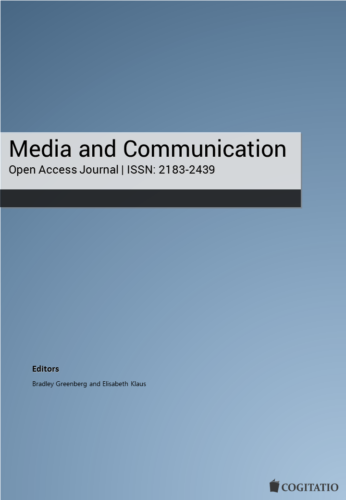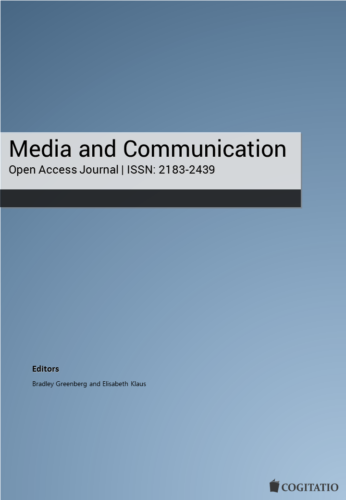CHAMP (Coding of Health and Media Project) has conducted a series of studies examining long-term trends in movie content that affects adolescents, focusing on violence, sex and suicide, and the use of tobacco, alcohol and illegal drugs. These studies, using a database of films from 1950 to 2012, document change in the acceptance of violence in top-grossing movies and how this has been reflected in the ratings system used by the industry to warn parents about sexual and violent content. The project has included funding from the Robert Wood Johnson Foundation to create the website YouthMediaRisk.org, which disseminates information on content analyses to scholars and the public.
In the most recent study (Bushman et al., 2013) top-grossing films with violent content were analyzed for the presence of gun violence. This study focused on the period from 1985-2012 when the PG-13 category was in place. It found that the rate of gun violence in PG-13 films has tripled, and increased to the point where in 2012 it exceeded the amount in R-rated films.
Other studies have shown:
- Although both violence and sex have increased since the rating system was put in place in 1968, violence has been increasingly assigned to the PG-13 category since its introduction in 1985, while sex has been more consistently assigned to the R category (Nalkur et al., 2010).
- Suicide depictions in top-grossing films have increased steadily since 1950 along with the rise in actual adolescent suicide rates (Jamieson & Romer, 2011).
- Male characters have consistently outnumbered female characters 2-1 in top-grossing films since 1950. Male characters are more likely to engage in violence while female characters are more likely to be involved in sex – but both are increasingly being portrayed as violent (Bleakley et al. 2012).
- Portrayals of tobacco use in film have steadily declined since 1950, mirroring the trend in rates of cigarette consumption in the US adult population.







